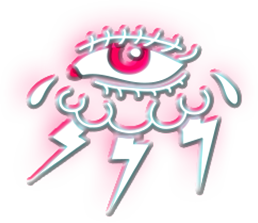Looking at the urine: the renaissance of an unbroken tradition
The wacky world of wee-wee wizardry! Welcome to the realm of urinalysis, where brave souls peer into the golden depths of human excretion and occasionally… gulp… take a sip!
Picture this: You’re a lab technician, armed with nothing but a microscope and an iron stomach. Your mission? To boldly go where no sane person has gone before – into the swirling, foamy abyss of someone else’s pee! You spin that liquid gold in a centrifuge, watching it whirl like a demented merry-go-round of cellular debris. Then, with the precision of a drunk surgeon, you plop a drop onto a slide and dive in!
But wait, there’s more! For the true urine connoisseurs among us, we have the time-honored tradition of… drumroll, please… urine therapy! Yes, folks, some brave (or possibly unhinged) individuals believe that drinking their own piddle is the key to eternal youth and vitality. Who needs fancy serums when you can guzzle down a fresh, warm glass of your very own kidney cocktail?
And let’s not forget the dipstick test – a veritable rainbow of chemical reactions! Watch in awe as your pee transforms these innocent strips into a psychedelic light show. Is it art? Is it science? Who cares! It’s urine, baby!
So next time you’re about to flush away that liquid gold, remember: in the hands of a true urine enthusiast, your waste is a wonderland of discovery. And who knows? Maybe the secret to life itself is floating in that porcelain throne. Bottoms up!
Eknoyan G. Looking at the urine: the renaissance of an unbroken tradition. Am J Kidney Dis. 2007 Jun;49(6):865-72. doi: 10.1053/j.ajkd.2007.04.003. PMID: 17533032.
Abstract
The science of looking at the urine for diagnostic purposes, uroscopy, is as ancient as disease. Throughout history, urine, the first bodily fluid to be examined, has continuously and persistently provided medicine with an increasing body of knowledge about the workings of the inner body. For most of its history, uroscopy was a visual science; this focus peaked in the Middle Ages, when the vessel used to examine urine, the matula, became a symbol of the medical profession. Over time, the practice of uroscopy spread into the hands of quacks and apothecaries, who prescribed and sold their potions by merely looking at the urine. The consequent reformation measures of the 16th and 17th centuries coincided with the first attempts at analyzing the contents of urine. As a result, many of the chemical components now reported in metabolic profiles were first analyzed and identified in urine during the first half of the 18th century. In the process, what started as a science that bordered on divination laid the foundations of chemical analysis and spawned the disciplines of urology, endocrinology, and, after the use of urine in clearance studies, nephrology. The analytical methods and remarkable achievements of each of these disciplines have increased the value of examining urine. A renaissance of this oldest diagnostic tool of medicine is now under way in the proteomic profiling and detection of biomarkers in the urine, an approach which promises to further extend the merits of the unbroken tradition of looking at the urine.


Leave a Reply